Creating a garden that attracts pollinators is a gift not only to the environment but also to yourself. Pollinators such as bees, butterflies, and hummingbirds are essential for the reproduction of many plants, and they help increase your garden’s yield and beauty. These industrious creatures are responsible for the fertilization of flowers, leading to the production of fruits and seeds. Let’s dive into the top 10 plants you can cultivate to make your garden a haven for these valuable pollinators.
1. Lavender (Lavandula)
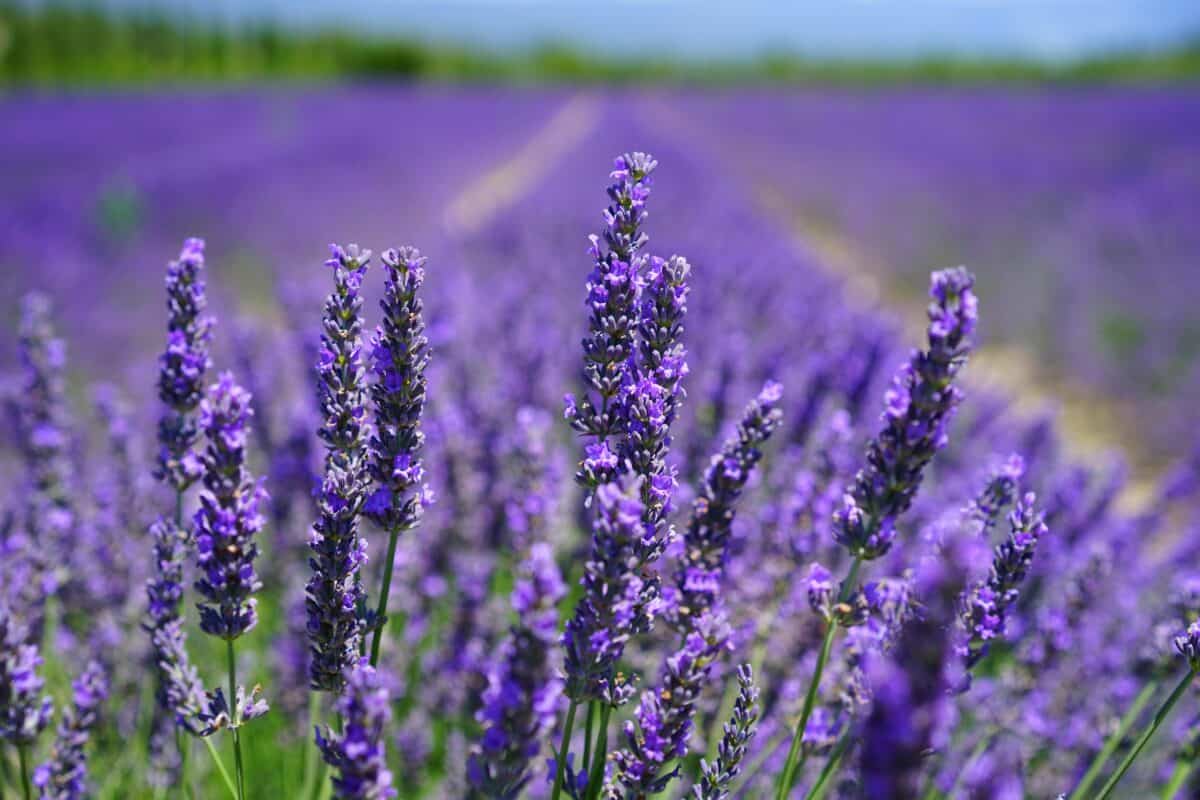
Lavender is more than just a fragrant herb. Its vibrant purple flowers are a magnet for bees, butterflies, and other pollinators. This plant thrives in sunny locations and well-drained soil, making it an easy-to-grow favourite for Mediterranean-style gardens. Besides attracting pollinators, lavender’s aroma can also provide a sense of calm and serenity in your outdoor space.
2. Coneflower (Echinacea)
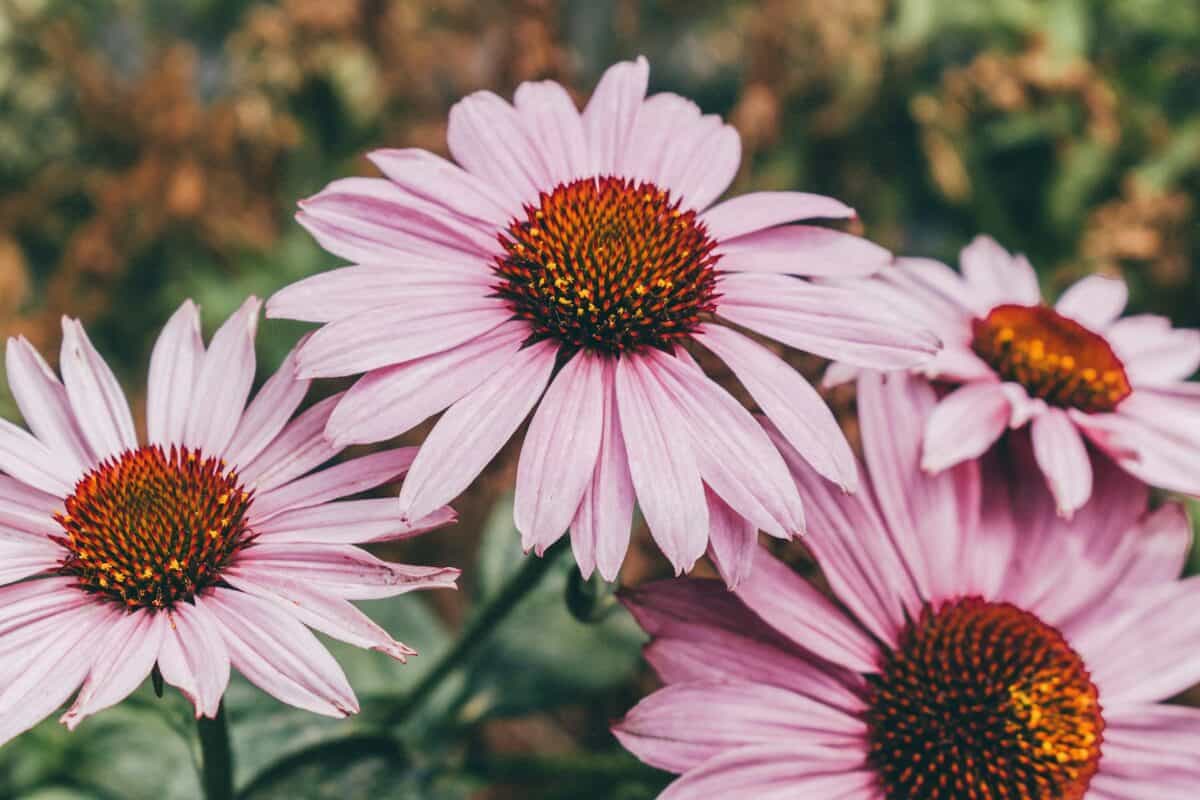
Coneflowers are hardy perennials known for their daisy-like appearance and delightful colours ranging from pinks to purples. These flowers attract a wide range of pollinators, including butterflies and bees. Echinacea can tolerate drought and poor soil, making them an excellent option for gardeners of all skill levels looking to support pollinator populations.
3. Bee Balm (Monarda)
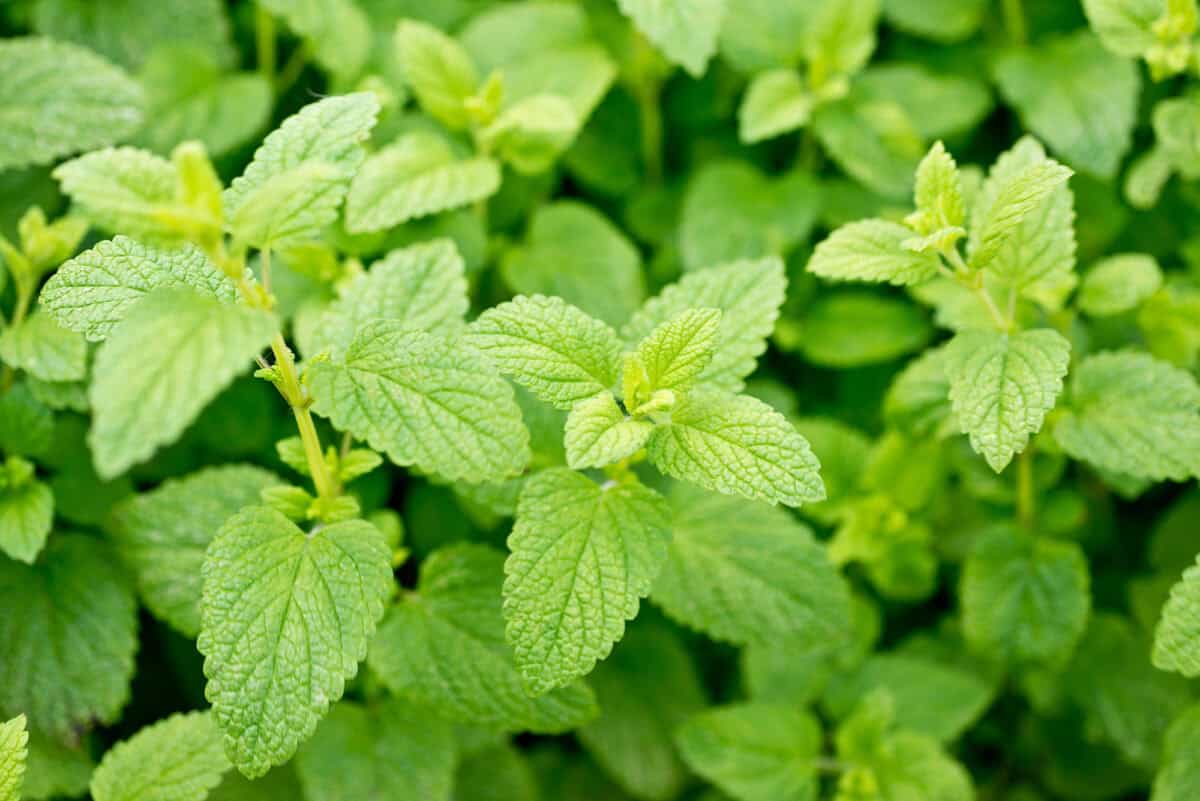
As the name suggests, bee balm is a favourite among bees. Hummingbirds and butterflies also frequent this aromatic plant. Its vibrant, spiky blooms come in shades of red, pink, and purple, providing a splash of colour in any garden. Bee balm thrives in full sun but can tolerate partial shade and prefers moist, well-drained soil.
4. Sunflower (Helianthus)

Sunflowers are iconic summer blooms that can serve as a snack bar for pollinators. Their large, sunny faces attract a variety of bees and butterflies. Sunflowers are particularly attractive to pollinators due to their high pollen and nectar production. Plant them in a sunny spot with good soil, and they’ll provide a robust and inviting environment for wildlife in your garden.
5. Milkweed (Asclepias)

Milkweed is crucial for monarch butterflies, serving as the primary food source for their larvae. This plant supports the entire life cycle of the monarch and attracts a multitude of other pollinators. Milkweed thrives in sunny areas and is often used in butterfly gardens due to its unique relationship with various species.
6. Salvia

Salvia, or sage, is a versatile genus with blooms that can range from blue to red, depending on the variety. Loved by hummingbirds and bees, salvia thrives in sunny spots with well-drained soil. It produces numerous flower spikes over a long blooming season, providing persistent food sources for pollinators.
7. Zinnia

Zinnias are easy-to-grow annuals known for their varied colours and reliable attraction of pollinators. Butterflies, in particular, are drawn to their nectar-rich flowers. Zinnias love the sun and can withstand heat, making them perfect for summer gardens. They also serve as a vibrant addition to any garden setting.
8. Catmint (Nepeta)

Often confused with its relative, catnip, catmint is a perennial that yields clusters of purple-blue flowers. Bees are particularly drawn to its long-blooming period. Catmint is drought-tolerant and grows well in full sun to partial shade, making it a low-maintenance, pollinator-friendly choice for many gardeners.
9. Goldenrod (Solidago)
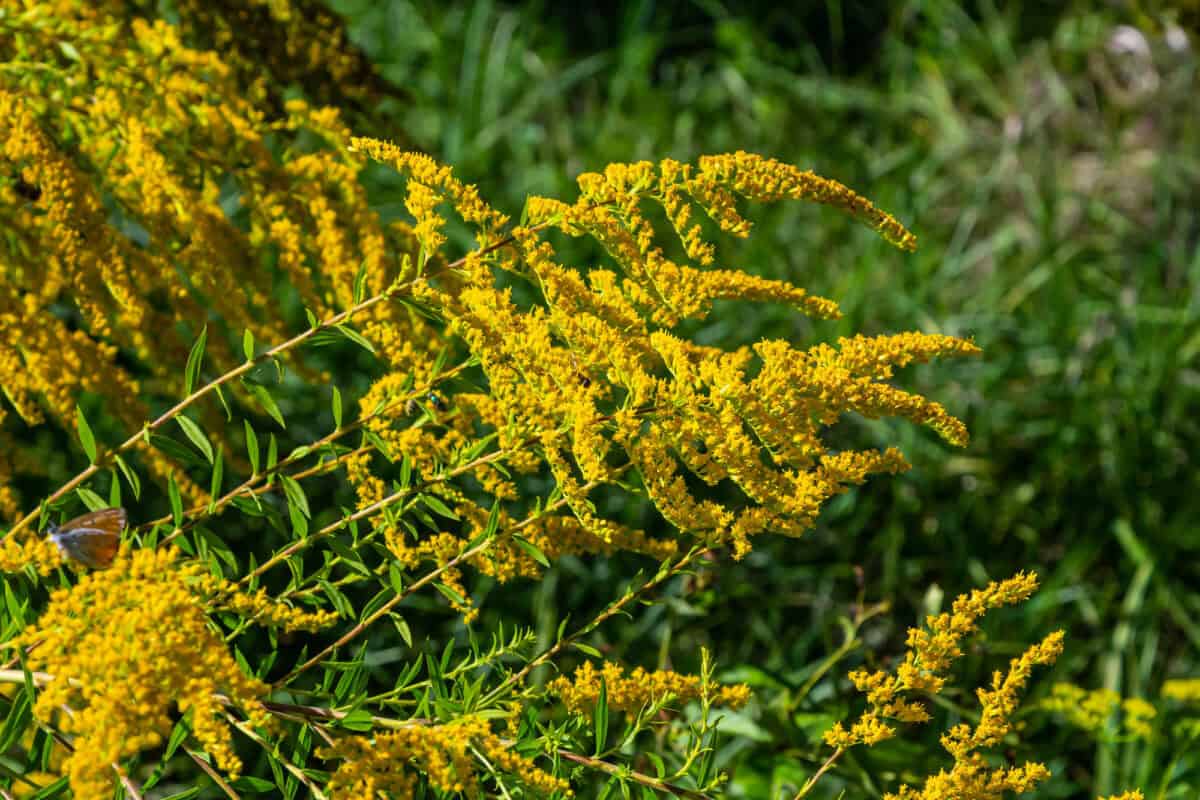
Goldenrod is frequently blamed for allergies, though it is actually an important plant for pollinators in the late summer and fall. Its bright yellow blooms attract an array of insects, including bees and butterflies. Goldenrod prefers sunny locations and is adaptable to various soil types, providing critical resources as other flowers start to fade.
10. Black-eyed Susan (Rudbeckia hirta)
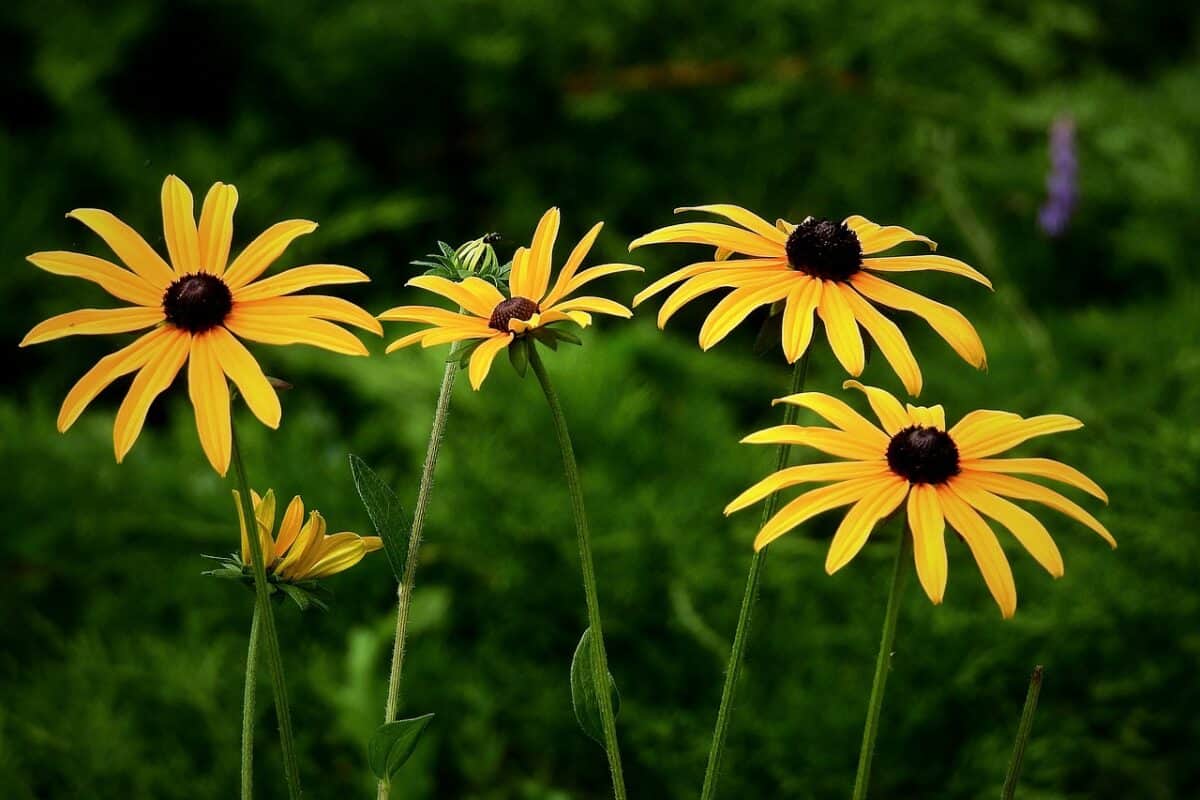
The black-eyed Susan is a native wildflower adored by pollinators. With its bright yellow petals and dark centre, it attracts bees, butterflies, and beetles. These robust plants thrive in full sun and well-drained soil and can handle periods of drought. They are a fantastic addition to any garden aiming to boost local biodiversity.
Conclusion

By planting a diverse array of nectar-rich flowers, you not only beautify your garden but also support a healthy ecosystem. These top 10 plants for attracting pollinators are versatile, easy to care for, and highly effective at bringing beneficial insects and other small creatures to your greener space. Encourage biodiversity, foster healthy plant growth, and enjoy the vibrant life that blossoms from a pollinator-friendly garden.
- The Hottest Temperature Ever Recorded in the US Desert - August 9, 2025
- 14 Myths About Horses (Busted by Experts) - August 9, 2025
- Why Orcas Are Outwitting Great White Sharks Near the California Coast - August 9, 2025

